Cultural Influence
Cultural influences play a pivotal role in shaping the Hot Sauce Market. The globalization of cuisine has led to a heightened appreciation for spicy foods, particularly those from regions known for their hot sauce traditions, such as Mexico, Thailand, and the Caribbean. This cultural exchange has resulted in an influx of authentic hot sauce brands that resonate with consumers seeking genuine flavors. Market data indicates that the popularity of international cuisines has contributed to a steady rise in hot sauce consumption, with consumers increasingly incorporating these products into their everyday meals. As culinary diversity continues to thrive, the hot sauce market is likely to benefit from the ongoing fascination with global flavors.
Culinary Exploration
The Hot Sauce Market is experiencing a surge in demand driven by consumers' increasing interest in culinary exploration. As individuals seek to enhance their dining experiences, the incorporation of diverse flavors and heat levels in hot sauces has become a focal point. This trend is reflected in the growing number of artisanal and gourmet hot sauce brands entering the market, catering to adventurous palates. According to recent data, the market for specialty hot sauces has expanded significantly, with a notable increase in sales attributed to unique flavor profiles and innovative ingredients. This culinary exploration not only appeals to food enthusiasts but also encourages mainstream consumers to experiment with hot sauces, thereby broadening the overall market appeal.
E-Commerce Expansion
The Hot Sauce Market is benefiting from the rapid expansion of e-commerce platforms, which have transformed the way consumers access and purchase hot sauces. Online shopping provides consumers with a vast selection of brands and flavors, often unavailable in traditional retail settings. This convenience has led to a notable increase in online sales, with many consumers opting for direct-to-consumer purchases. Market analysis shows that e-commerce sales of hot sauces have surged, particularly among younger demographics who prefer the ease of online shopping. As e-commerce continues to grow, hot sauce brands are likely to invest in digital marketing strategies to enhance their online presence and reach a broader audience, further propelling market growth.
Health and Wellness Trends
The Hot Sauce Market is witnessing a shift towards health and wellness trends, as consumers become more health-conscious. Many hot sauces are perceived as healthier alternatives to traditional condiments, often containing fewer calories and no added sugars. This perception is supported by the growing awareness of the health benefits associated with capsaicin, the active component in chili peppers, which is known to boost metabolism and enhance overall well-being. Market Research Future suggests that the demand for hot sauces with natural ingredients and organic certifications is on the rise, as consumers prioritize clean labels and transparency in their food choices. This trend is likely to drive innovation within the hot sauce sector, as brands adapt to meet the evolving preferences of health-oriented consumers.
Food Pairing and Culinary Trends
The Hot Sauce Market is significantly influenced by evolving food pairing and culinary trends. As chefs and home cooks alike experiment with flavor combinations, hot sauces are increasingly being used to complement a wide array of dishes, from appetizers to desserts. This trend is evident in the rising popularity of hot sauce-infused recipes and the incorporation of hot sauces in gourmet cooking. Market data indicates that restaurants and food service establishments are increasingly featuring hot sauces on their menus, further driving consumer interest. The versatility of hot sauces in enhancing flavors and adding depth to various cuisines positions them as essential ingredients in modern culinary practices, thereby expanding their market reach.


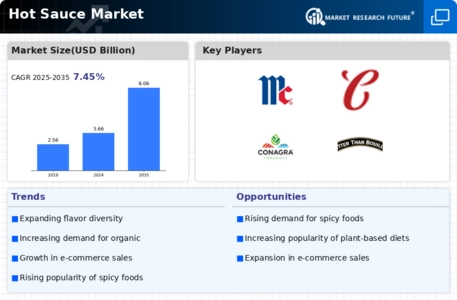

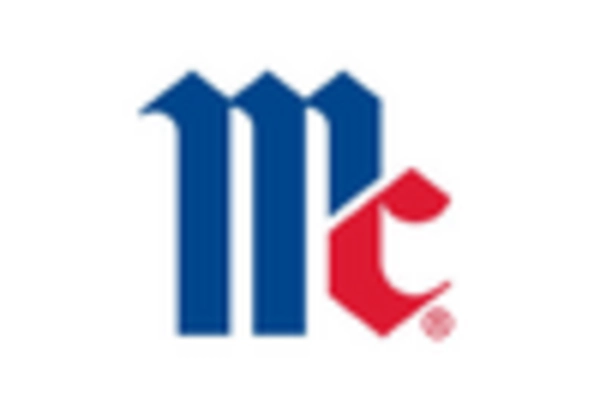
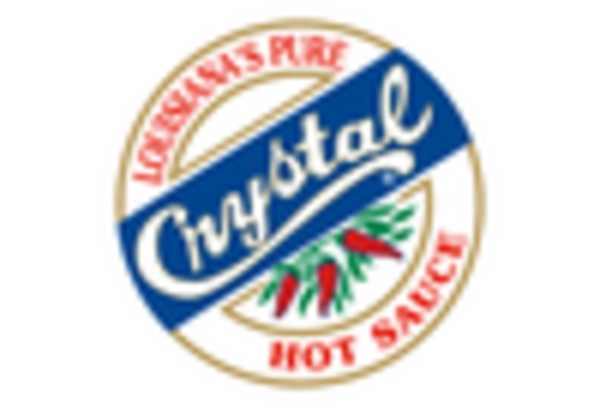
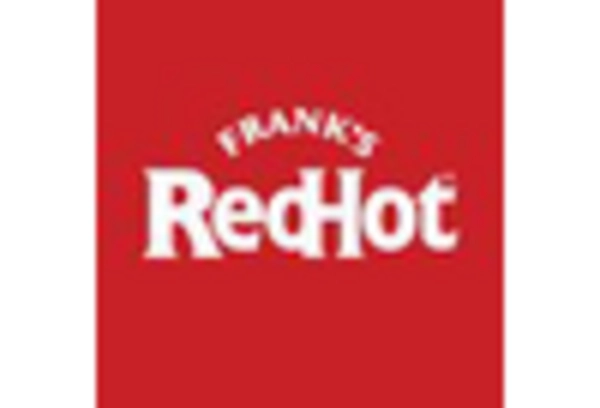
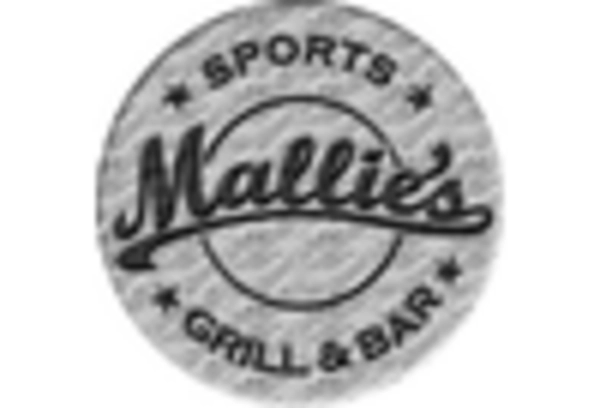










Leave a Comment